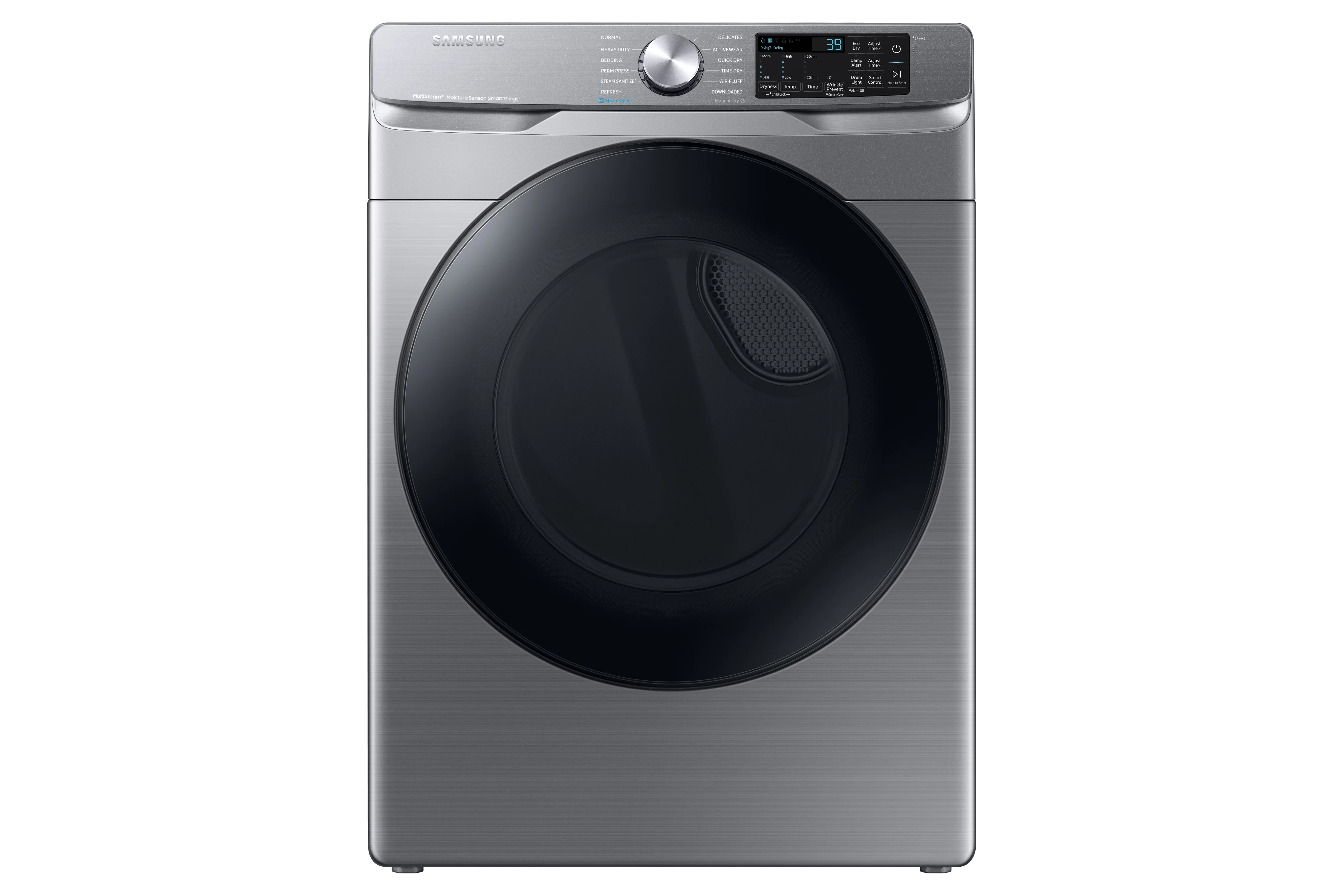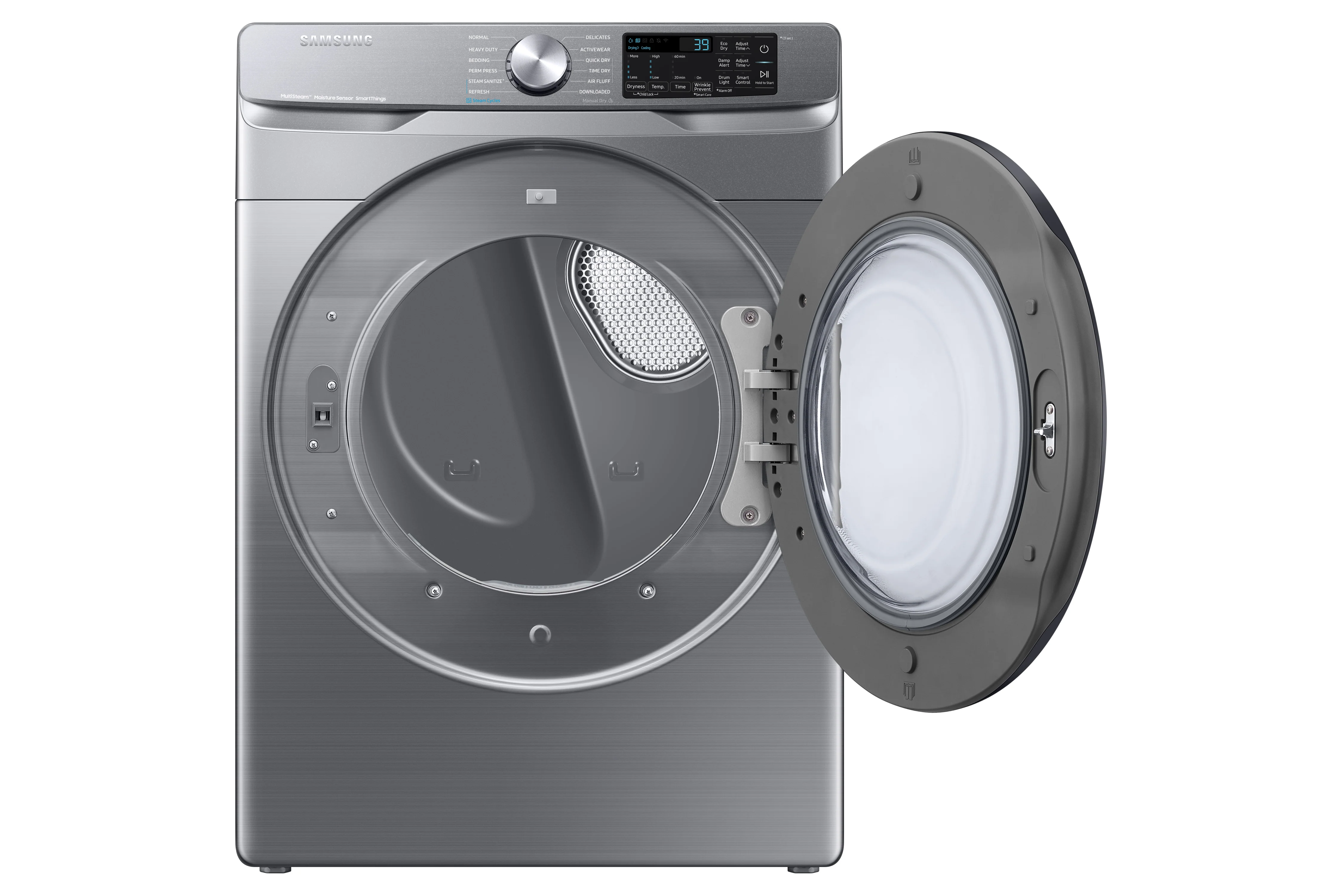Are your once-sparkling, favorite pair of shoes now scuffed and stained? Or maybe they have lingering odors? It’s time to rediscover your shoes’ former glory. Whether it’s those trusty sneakers that have accompanied you on countless hikes or trendy canvas shoes that endured one too many summer festivals, you can clean your shoes safely and effectively using your trusty washing machine.
What Shoes Can Be Washed in a Washing Machine?
While some shoes can brave the machine wash cycle and come out shining, others may not fare so well. It all boils down to the materials used in their construction and the manufacturer’s recommendations. Here’s a breakdown of shoes generally safe for a machine wash:
-
Sneakers: Athletic shoes made from breathable materials can usually withstand a gentle machine wash.
-
Canvas Shoes: A machine wash can often rejuvenate your casual and trendy canvas kicks. Canvas is a resilient material that can endure the washing process.
-
Slip-Ons and Flats: Many slip-on shoes, like espadrilles and flats, can handle a washing machine cycle. Their simple and often fabric-based designs make them suitable for a gentle wash.
-
Sandals: Non-leather sandals, particularly those constructed from materials like rubber, foam, or synthetic fabrics, are generally safe for a machine wash.
While possible, washing shoes that fall outside the above categories might not be a good idea. Materials like leather, suede, delicate fabrics, and intricate embellishments (beads, buckles) can be negatively affected by a washing machine’s agitating and soaking process.
Even if you’re confident about their sturdiness, one cardinal rule stands: Always heed the manufacturer’s recommendations. Those small labels and tags that are often overlooked can hold valuable information about how to best care for your footwear. If the manufacturer advises against machine washing, it’s in your best interest to follow their guidance.
How to Wash Shoes in a Washing Machine: Preparations
You can’t just toss your shoes into the washing machine. A few preparations can make a world of difference in preserving their quality and ensuring a successful wash.
What You’ll Need
Here are some supplies you’ll need to ensure a safe and effective shoe-washing experience:
-
Mesh Laundry Bag: This is crucial for protecting your shoes and preventing them from getting tangled with other laundry items.
-
Mild Detergent: Opt for a gentle detergent to avoid damaging your shoes’ materials.
-
Baking soda/vinegar: These natural cleaning agents can be incredibly useful for tackling tough odors and stains. Add a tablespoon of baking soda or a cup of vinegar to the wash to enhance the cleaning process.
-
Shoe cleaner: A specialized shoe cleaner can offer an extra boost in removing stubborn dirt and grime, leaving your shoes fresh and clean.
-
Soft Brush or Cloth: Use a soft brush or cloth to pre-treat any stubborn stains before washing. Gently scrubbing the problem areas can help remove dirt and stains, allowing the washing machine to do the rest.
-
Old Towels: Place old towels in the washing machine to provide cushioning and prevent loud banging during the wash cycle.
Preparation Step 1: Removing Insoles, Liners, and Laces
Take out the shoe insoles and laces before you start cleaning them. This will prevent them from getting tangled or damaged in the washing machine.
Preparation Step 2: Brushing off Debris
Give your shoes a quick once-over with a soft brush or cloth before placing them in the washer. This helps remove any loose dirt or debris, making the washing process more effective.
Preparation Step 3: Wash the Insoles and Laces by Hand
Consider giving your insoles and laces a gentle hand wash before tossing your shoes into the washing machine. This extra step ensures a thorough cleaning for these components and prevents any lingering dirt or odor from being reintroduced to your freshly washed shoes. Here’s how to do it:
-
Fill a basin or sink with lukewarm water, and add a small amount of mild detergent.
-
Gently agitate the water to create a soapy solution.
-
Submerge the insoles and laces in the soapy water.
-
Gently scrub the insoles with your fingers, paying special attention to any stained or odorous areas. For laces, hold them at each end and run your fingers along their length to remove dirt and grime.
-
Rinse thoroughly with clean water to remove all detergent.
-
Squeeze out excess water from the insoles and laces, then lay them flat on a clean towel to air dry.
How to Wash Shoes in a Washing Machine Step-by-Step
Now that your shoes are prepped, it’s time to delve into the washing process itself.
Step 1: Preparing the Shoes
Place the shoes inside the mesh laundry bag, ensuring not to overcrowd the bag. This bag acts as a shield, preventing the shoes from coming into direct contact with the machine’s drum and agitator. It also curbs excessive banging, which can be a concern when washing heavier shoes.
Step 2: Adding Detergent
Add a small amount of mild detergent to the washing machine. Be cautious not to use too much, as excess detergent can be difficult to rinse out and may damage your shoes. Sprinkle some vinegar on smelly shoes to eliminate odors.
Step 3: Choosing the Right Cycle
Opt for a gentle cycle with cold water. High agitation or hot water can cause damage to the shoe’s materials.
Step 4: Washing
Place the mesh bag with your shoes in the washing machine. If you’re worried about loud banging, toss in a couple of old towels to act as buffers. (Older ones are preferable because they have undergone numerous wash cycles and released much of their excess dyes. This greatly reduces the risk of color bleeding onto your shoes during the wash).
Step 5: Post-Wash Inspection
Once the cycle is complete, inspect your shoes. Consider giving them another gentle wash if they’re not as clean as you’d like.
Drying the Shoes After Washing
Drying your shoes properly is crucial to prevent mold, mildew, and damage to the shoe’s structure.
Air Drying: The most recommended method is to air dry your shoes. Stuff them with crumpled newspaper, old socks, or rags to help maintain their shape and absorb moisture.
Avoid Direct Heat: Keep your shoes away from direct heat sources like radiators or heaters, as this can warp the materials.
Patience is Key: Allow your shoes to air dry for at least 24 hours before wearing them again. Rushing this step can result in lingering moisture and odors.
Tips on Safely Washing the Shoes
Let’s address a few common concerns to ensure a successful and stress-free experience.
-
Preserving Shoe Structure
One concern that might cross your mind is whether the washing machine’s agitating cycle could harm the structure of your shoes. While this is a valid consideration, using a mesh laundry bag, as mentioned earlier, can act as a buffer against excessive movement.
This concern also ties into the choice of a gentle cycle. Opting for this setting reduces the intensity of the agitation while still effectively cleaning your shoes. Gentle cycles are designed to be more forgiving on fabrics and materials, so they’re a safe bet for maintaining the condition of your footwear.
-
Dye Bleeding
For shoes with vibrant or deeply colored materials, there might be a concern about dye bleeding during the wash cycle. To prevent this, consider washing similar colors together or using color-catching sheets to absorb any released dyes and prevent them from staining other items in the load. This extra precaution helps maintain the integrity of both your shoes and your other laundry.
-
Lingering Odors
Washing your shoes is meant to eliminate odors. This raises a valid concern that the washing machine will start emitting unpleasant smells after the shoe-washing process. Run an empty cycle with hot water and vinegar after washing your shoes to counter this. This helps clean and refresh the machine’s interior, ensuring it remains odor-free for future laundry loads.
-
Balancing Load
Properly balancing the washing machine load is crucial to prevent excessive wear and tear on the machine and ensure effective cleaning of your shoes. Consider adding a few old towels or other soft items to balance the load. This prevents the washing machine from becoming unbalanced during the spin cycle, reducing the risk of damage to both the machine and your shoes.
-
Shrinkage
While some shoes may experience slight shrinkage, proper air drying, and careful washing can minimize this effect. Opting for a gentle cycle with cold water minimizes the chances of significant shrinkage. Ensuring your shoes are properly stuffed with crumpled newspaper during drying also helps maintain their original size and shape.
FAQs on How to Wash Shoes in a Washing Machine
Is it okay to wash shoes in a washing machine?
Yes, as long as the shoes are made of durable materials, and you follow the proper steps, machine washing can be effective.
Is it better to hand wash or machine wash shoes?
Machine washing is generally more efficient and convenient for most types of shoes. However, hand washing may be better for delicate or expensive shoes.
How do you dry shoes after washing?
Air dry your shoes by stuffing them with newspaper and allowing them to sit in a well-ventilated area.
What can I use if I don’t have a mesh laundry bag?
If you don’t have a mesh bag, place your shoes inside a pillowcase and tie the open end with a knot.














